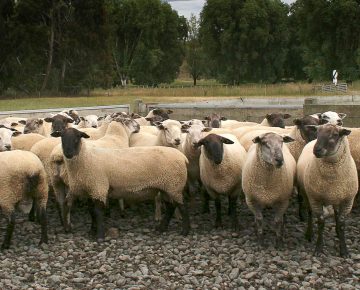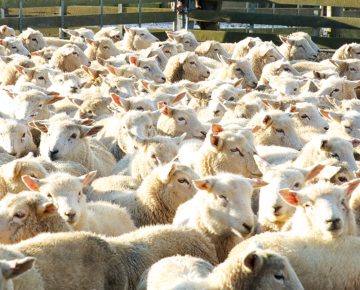Mainstay AT MOUNT LINTON

GENETIC
TREND GRAPHS
Download
BREEDING OBJECTIVE
Selecting low-input Romney and Suftex animals that have high performance in both breeding and finishing systems, using the dual-purpose index.
THE TEXEL-CROSS ROAD
Using Texel genetics that have been selected for maternal traits, as Mount Linton has, is crucial for cross-breeding with your maternal ewes. The Texel has become renowned as a terminal sire breed with high meat yield and growth rates. But it has also been bred on Mount Linton as a dual purpose animal that has fertility and improved lamb survival. It is these dual-purpose characteristics that the Station is seeking in a maternal sheep.
SELECTING FOR THE HIGH-FIVE
Fertility Survival, Meat Yield, Growth and longevity. A specific MLM (Mount Linton Maternal) SIL index has been designed to evaluate the genetic performance of animals within the new flock including:
- The flock must achieve 140 plus lambing percentage to sale each year and average over 30kg lambs at 90-100 day weaning.
- Aim to reduce dags on ewes by at least 50% and cut out pre-lamb crutching. A bare breech under the tail is sought after for low-input once-a-year shearing in February.
- The target for meat yield is 90% plus of lambs finished to receive the maximum yield payment.
- Achieve growth rates that will finish 95% plus of all lambs by the end of march.
- The ewe will need to put on good condition over summer and before winter, then lose minimal condition over a long cold winter.
- Animals must be structurally sound.
- Reduce drenching of ewe lambs to three times by 1 May.



